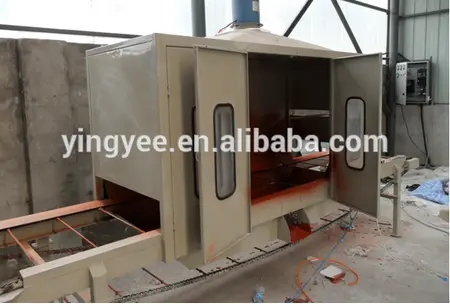
The Roll Former Revolutionizing Metal Fabrication
The roll former is an integral piece of machinery in the metal fabrication industry, known for its efficiency and precision in shaping metal sheets
. This innovative equipment operates by passing metal strips through a series of rollers, gradually bending and shaping them into desired profiles. Over the years, roll forming has become indispensable in manufacturing processes, particularly in producing components for various industries, including construction, automotive, and appliances.One of the key advantages of roll forming is its ability to create complex shapes with high levels of consistency. Unlike traditional methods, which often require multiple setups or machining steps, roll forming allows manufacturers to produce intricate profiles in a continuous line. This efficiency significantly reduces production time and minimizes material waste. The ability to form long lengths of metal continuously means that products can be created with minimal joinery, enhancing strength and reducing potential failure points in the final product.
The versatility of roll formers cannot be understated. They can work with a variety of materials, including steel, aluminum, and copper, allowing manufacturers to choose the best material for their specific application. The process can also be tailored to include surface treatments, welding, or punching, making roll forming a highly adaptable solution for various industrial needs. This flexibility makes roll forming ideal for producing a wide range of products, from roofing and siding panels to brackets and rails.

In recent years, advancements in technology have further enhanced the capabilities of roll forming machines. Automation and computer numerical control (CNC) systems have improved accuracy and reduced labor costs, leading to quicker turnaround times for orders. Additionally, the integration of smart technology allows for real-time monitoring of production processes, ensuring quality control and operational efficiency.
The roll forming industry continues to grow as demand for customized metal products increases. As businesses seek to streamline their operations and improve sustainability, the adoption of roll forming technology is expected to rise. By minimizing waste and maximizing efficiency, roll forming not only supports the economic goals of manufacturers but also contributes to greener production practices.
In conclusion, the roll former stands at the forefront of metal fabrication, offering unparalleled efficiency and versatility. As technology advances and industries evolve, the roll forming process is poised to remain a vital tool in the manufacturing landscape, meeting the ever-changing needs of a modern economy. With its ability to produce high-quality components quickly and sustainably, the roll former is indeed a cornerstone of contemporary metalworking.